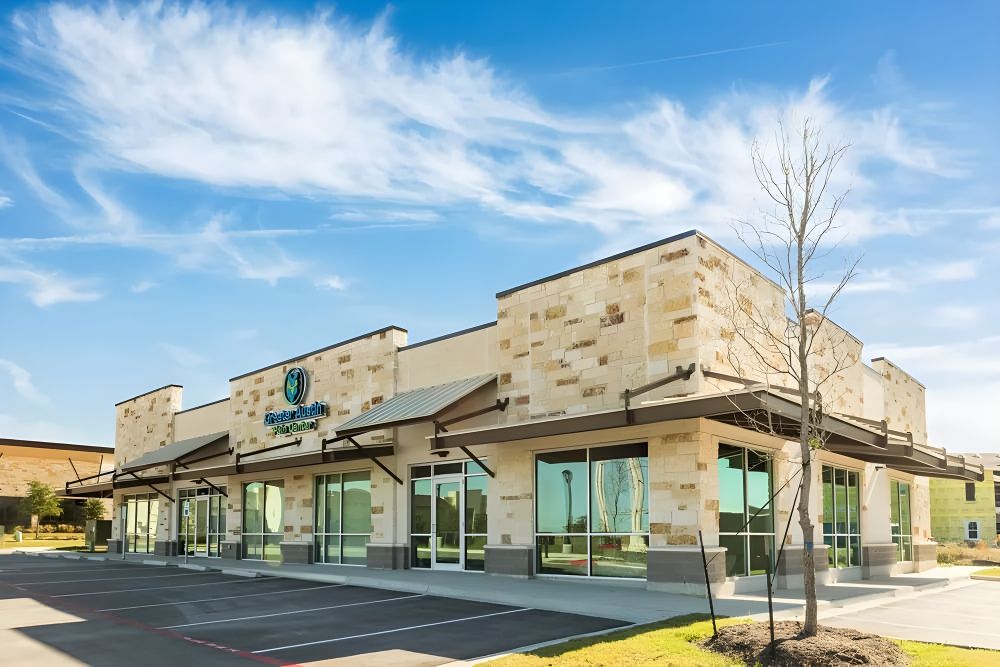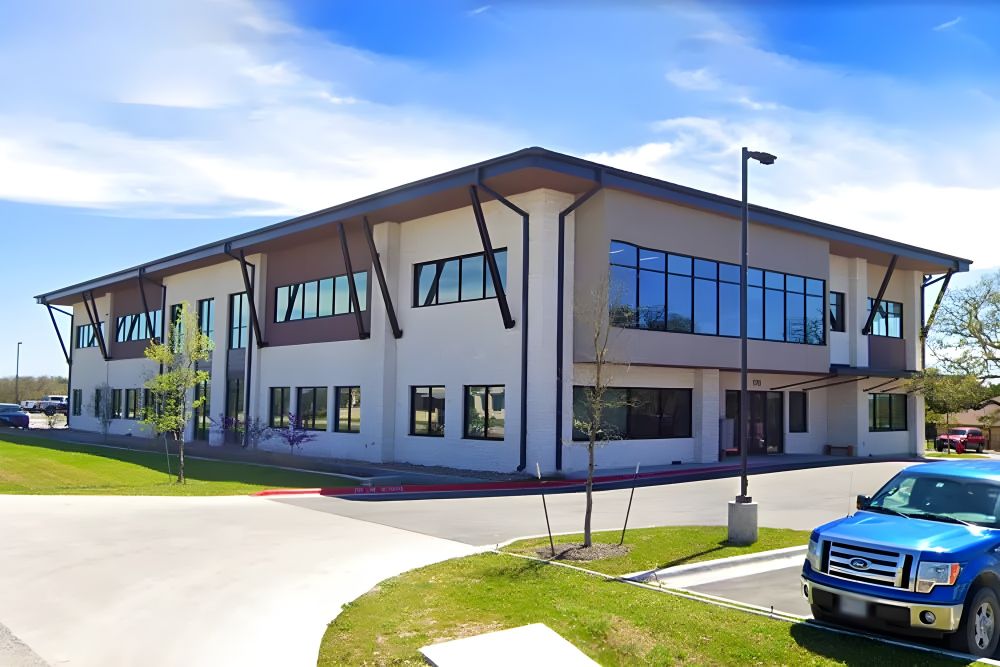PRP Injections for Joint and Spine Pain: What You Need to Know
October 31, 2025
.png)
Chronic joint and spine pain can make everyday activities challenging, from climbing stairs to simply getting out of bed in the morning. Many patients are seeking alternatives to surgery or long-term pain medications, and one treatment gaining popularity is PRP therapy.
Platelet-rich plasma (PRP) injections are a form of regenerative pain treatment that uses your body’s natural healing properties to reduce pain, improve function, and promote tissue repair. At Greater Austin Pain Center, we specialize in PRP therapy for patients struggling with chronic musculoskeletal pain, providing a safe, minimally invasive option with reduced downtime.
If you’re exploring natural, regenerative pain treatments, here’s what you need to know about PRP therapy, what to expect before and after treatment, and how it may help you regain mobility and comfort.
What Is PRP Therapy?
PRP (platelet-rich plasma) therapy is a regenerative treatment that uses a concentrated portion of your own blood to stimulate healing in injured or degenerated tissues. Platelets contain growth factors and proteins that are essential for tissue repair, making PRP an effective option for both joint and spine pain.
How PRP Works
- A small amount of blood is drawn from your arm.
- The blood is processed in a centrifuge to concentrate platelets, creating platelet-rich plasma.
- The PRP is injected directly into the affected joint, tendon, or spinal structure.
- Growth factors in the plasma stimulate tissue repair, reduce inflammation, and promote natural healing.
Because PRP uses your own blood, there is minimal risk of allergic reaction or rejection, making it a safe and natural option for many patients.
Conditions Treated With PRP Injections
PRP therapy is commonly used to treat joint and spine pain caused by a variety of conditions, including:
- Osteoarthritis of the knee, hip, or shoulder
- Chronic lower back pain
- Degenerative disc disease
- Tendon injuries (like tennis elbow or rotator cuff injuries)
- Ligament injuries or sprains
- Chronic neck pain
By targeting the root cause of pain, PRP therapy aims to improve joint function, reduce inflammation, and promote long-term healing rather than just masking symptoms.
Benefits of PRP Therapy
Patients are increasingly choosing PRP therapy for several reasons, particularly its natural, regenerative approach:
- Promotes natural healing: PRP encourages your body to repair damaged tissues on its own.
- Minimally invasive: PRP is administered via injection, eliminating the need for surgery.
- Reduced downtime: Most patients can return to daily activities within a day or two.
- Targeted treatment: Injections are delivered directly to the site of injury or degeneration.
- Safe and autologous: Since PRP comes from your own blood, the risk of complications or rejection is very low.
For many patients, PRP therapy is a preferred alternative to joint replacement surgery or long-term medications that only mask pain.
What to Expect Before Your PRP Injection
Preparation for a PRP injection is relatively simple, but following pre-procedure guidelines can improve outcomes:
- Consultation: Your provider will review your medical history, current medications, and imaging studies to determine if PRP is appropriate.
- Medication Adjustments: You may be advised to avoid anti-inflammatory medications for a short period before treatment, as they can interfere with the regenerative process.
- Hydration and Nutrition: Staying hydrated and maintaining a balanced diet helps support your body’s healing response.
During the procedure, your provider will draw a small sample of blood, prepare the PRP, and inject it directly into the affected area using image guidance for precision. The process typically takes 30–60 minutes, and most patients experience minimal discomfort.
After Your PRP Injection: What to Expect
PRP therapy is designed for minimal downtime, but there are a few things to keep in mind after your injection:
- Mild soreness: You may feel slight discomfort or swelling at the injection site for a few days.
- Activity modifications: Avoid strenuous exercise or heavy lifting for about one to two weeks, depending on the area treated.
- Gradual improvement: Pain relief and tissue healing usually occur gradually over several weeks as your body’s natural repair mechanisms take effect.
- Follow-up: Your provider may recommend a series of injections, depending on the severity of your condition and your response to treatment.
Most patients notice improved mobility and reduced pain within 4–6 weeks, with continued improvement over several months. Unlike medications that provide temporary relief, PRP aims to address the underlying cause of your pain.
PRP vs. Traditional Treatments
Unlike steroid injections or long-term medication use, PRP therapy focuses on regenerative healing rather than symptom masking. Benefits over traditional treatments include:
- Longer-lasting results compared to temporary steroid relief
- Lower risk of joint damage over time
- Reduced reliance on pain medications, including opioids
- Minimally invasive approach with fewer complications than surgery
PRP can also be combined with other regenerative or physical therapies to enhance outcomes and support long-term joint and spine health.
Who Is a Good Candidate for PRP Therapy?
PRP therapy is ideal for patients who:
- Have chronic joint or spine pain that hasn’t improved with conservative care
- Are looking for a natural, regenerative alternative to surgery
- Want to reduce dependence on pain medications
- Have mild to moderate degenerative changes in joints or spinal discs
During your consultation at Greater Austin Pain Center, our specialists will evaluate your condition and determine whether PRP is the best treatment option for your specific needs.
Why Choose an Outpatient Pain Clinic for PRP?
PRP injections should be performed in a state-of-the-art outpatient pain clinic to ensure safety and precision. At Greater Austin Pain Center, we provide:
- Experienced, board-certified pain specialists
- Image-guided injections for accurate delivery
- Comprehensive post-procedure care
- Personalized treatment plans tailored to your goals and condition
By receiving treatment in a controlled outpatient environment, patients experience minimal downtime, reduced risk of complications, and faster recovery.
Take Control of Your Pain Naturally
PRP therapy represents a growing field in regenerative pain treatment, offering a natural alternative to surgery and long-term medications. By using your body’s own healing properties, PRP injections can help reduce pain, restore function, and improve your overall quality of life.
At Greater Austin Pain Center, we specialize in PRP injections for joint and spine pain, providing personalized, minimally invasive treatments designed to promote healing and restore mobility. If you’re ready to explore a natural, effective approach to pain management, our team is here to guide you every step of the way.
Schedule your consultation today at one of our convenient locations in Austin, Kyle, San Marcos, or Dripping Springs. Together, we can find safer, more effective solutions for lasting pain relief.

















